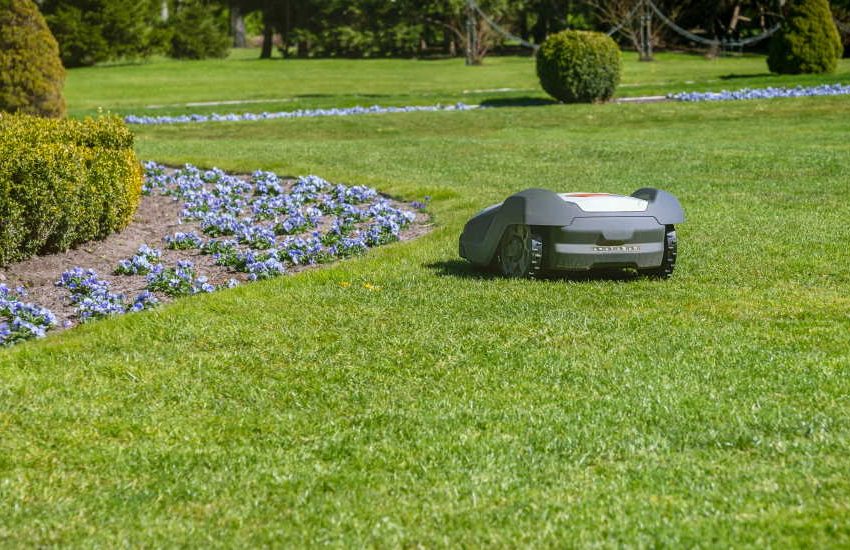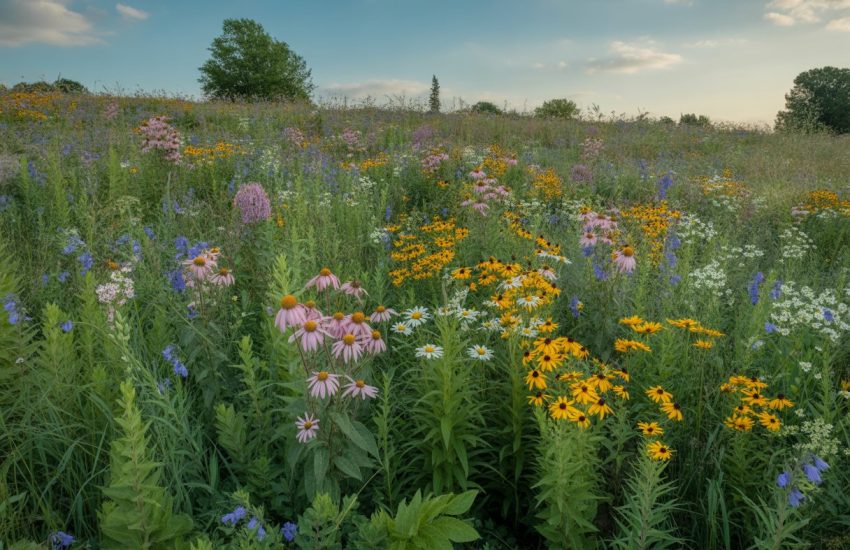Bermuda Grass: How to Plant, Grow & Care
If you just got into gardening and wonder how to grow and care for the grass on your lawn and how to keep them healthy, then we hope this article will help you. Of course, there are many types of grass, and all of them require different conditions to grow. Some of them require more attention than others. Some of them grow in the sun, while some can tolerate shade.
As with all plants, you should look for the requirements of that specific type of flower, grass, etc. You should know the needs of the plant you are planning to grow. You should know how to water them, what kind of environment they prefer, how you can fertilize them and all the other requirements. For a plant to thrive and reach its best condition, the caretaker of the plant is responsible.
As you care for one specific plant or a whole garden, if you provide the best environment for them, the plants will also reward you with their beauty. In this article, we will discuss Bermuda Grass and how you can care for it, grow it on your lawn, and help it reach its best condition.
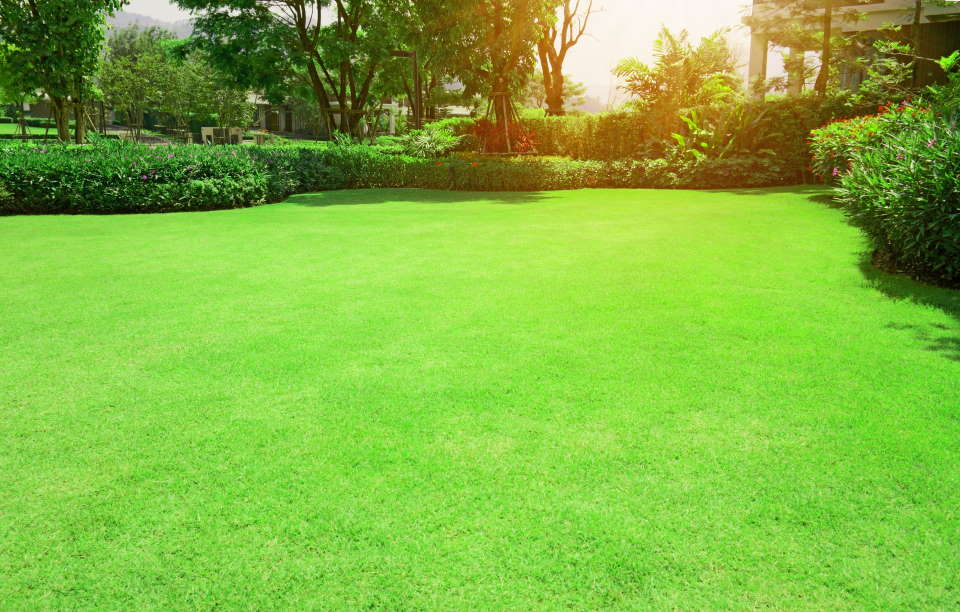
What is Bermuda Grass?
Let’s start by explaining what this type of grass is. Bermuda grass is a turfgrass that grows in warm seasons. This means Bermuda grass grows best in the Southern parts of the country. You might see Bermuda as one of the best grasses to have the ability to tolerate difficult conditions, including heat, drought, and salinity.
It can even tolerate people stepping on it as it has the ability to recover from the damage it receives more than any other type of grass. If you want your lawn to be tough, strong, and durable, Bermuda should be one of your first growing options. Bermuda grass can even survive in the hot sun and provides a pretty landscape.
Because Bermuda grass is a warm-season turfgrass, it best flourishes in full sunlight. Bermuda grass is also a cheap option to grow on your lawn as it grows quickly. But also, because it grows quickly, you should consider that it requires more frequent mowing.

Bermuda’s origin goes back a century and a half. At that time, settlers from Africa and India brought Bermuda to North America. In this process, it traveled through the Atlantic Ocean and is believed to make its way to the United States from Bermuda, which explains how it got its name. But in some sources, you can see “couch grass” or “wiregrass,” which are other names for Bermuda. In science, it is called “Cynodon dactylon.”
Bermuda grass usually has a bright green or gray-green color as it grows, but once it goes dormant, its color turns brown. Bermuda spreads by rhizomes and stolons. Rhizomes grow below the ground, and stolons grow above. If you wonder what rhizomes and stolons are, then let us explain that too.
Rhizomes and stolons are stems that produce shoots of grass. If you decide to grow Bermuda on your lawn, you should also be wary of the shade. If the lawn or a part of it stays in the shade, then the grass in that part of the grass can have brown spots, as Bermuda grass will not be in its best shape without the sun.
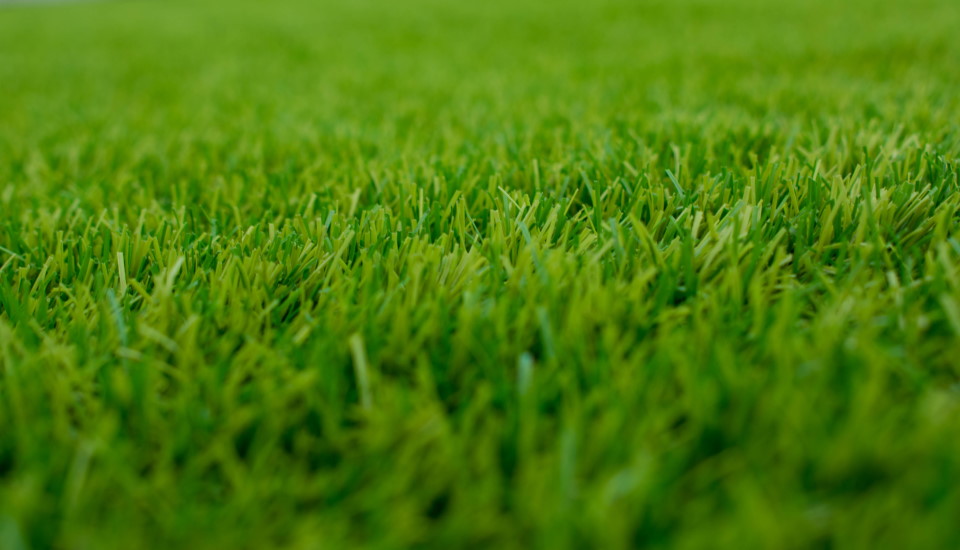
You can ask if the grass is drought tolerant. The answer is yes. After it establishes, you can give it 1 to ½ inches of water weekly, and it can still keep its green color. Besides, it can handle dry and hot weather conditions, too. But it doesn’t mean that it can survive in the drought forever. In the long term, the grass will go dormant. But it can survive in drought for about four weeks. You can water the grass infrequently but deeply for the roots to grow deeper. When the roots grow deeper, it will help the grass handle dry conditions better.
Types of Bermuda Grass
Mainly, there are two classifications of Bermuda. These are Seeded Bermuda Grass and Hybrid Bermuda Grass. There are also varieties of them among themselves. Before getting into the varieties, let us explain the qualifications of each classification.
Seeded Bermuda Grass
You can understand from the name that you can plant this type of Bermuda from its seeds and grow it easily. But of course, the quality and the variety can differ from seed to seed. The Common Bermuda Grass is available in different types, and it is generally preferred by people because of its drought resistance, high foot traffic tolerance, low maintenance requirement, and its ability to grow on different soil types.
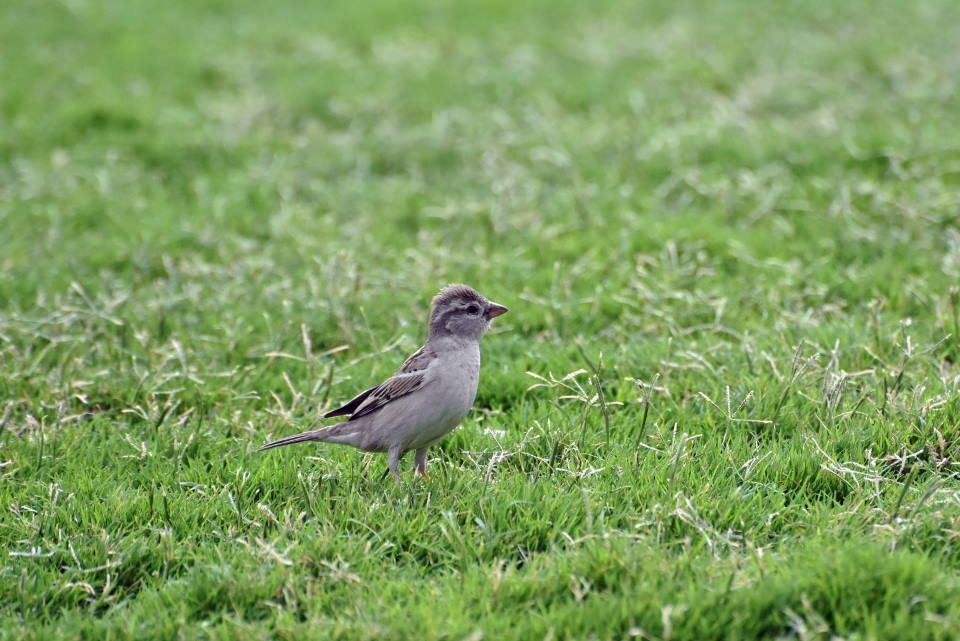
Hybrid Bermuda Grass
Hybrids are created by mixed breeding. Usually, in this process, Common Bermuda Grass and other species are usually mixed in this process, although African Bermuda is generally used. After this process, they produce green turf patches with thin leaves. Because of the genetic changes, hybrids are usually more disease-resistant. But hybrids are not available in seeds. You can find them in the form of sods, plugs, and sprigs.
Let us explain what the main difference is between these two types. The seeded varieties have mostly light green color, and they have a coarse texture. They are netted turf grasses whose shoot density is low. In comparison, the hybrid varieties’ density is higher. But even if their density is higher, Common Bermuda Grass’ nutritional value, which helps in developing forage or pastures, is more than the other.
Common Bermuda Grass Varieties
This type has tolerance towards insects and diseases. And as we mentioned above, they are drought tolerant because they have an extensive root system. And generally, establish fast, grow densely, and are a cheap option. They can be found in different varieties like blackjack, Ormond Bermuda grass, Jackpot Bermuda grass, Yuma, or Oasis Blend.
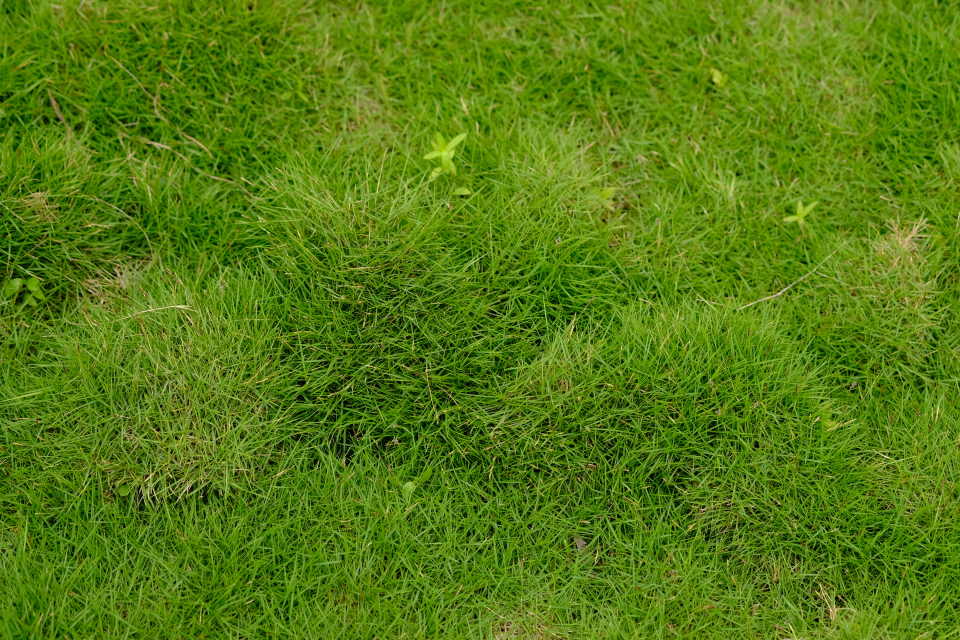
Improved Common Bermuda Varieties
The difference between common Bermuda and improved common Bermuda is that this type usually has darker green color, their roots go deeper, and they are moderately denser. They are typically used in golf courses, fairways, and parks. They can be found in varieties like Princess-77, Sahara, Riviera, Savannah, Sultan, Sundance, Sydney, Mohawk, Yukon, La Prima, Sundevil I and II, and Triangle Blend.
How and When to Plant Bermuda?
You should plant the Bermuda seeds you bought in a place that is in full sunlight. The best time to grow your Bermuda grass is probably during late spring because that is when the frost threats have passed, and daily high temperatures are rising to be consistent in the 80s. If you are looking for the most cost-efficient way, it is best to plant Bermuda grass on your lawn is to plant it from the seed. When you are planting it, you should follow these steps:
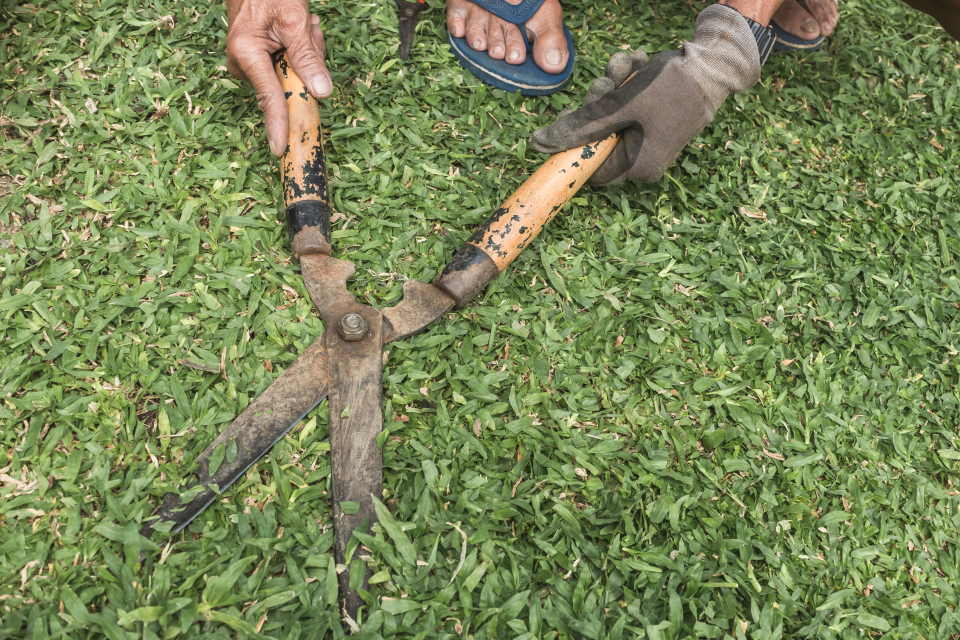
- Rake the soil lightly first. This way, new seeds can be in contact with the soil’s surface when you loosen up the soil.
- When planting the seeds, ensure they are approximately ¼ of an inch deep in the soil.
- Once you are done seeding, rake the area lightly again, so you can better make contact between the soil and seed.
- Usually, Bermuda grass does not require much water, but when you first plant the seeds, when they are fresh, they will need daily watering until you can see that they become more apparent.
Also, Bermuda is not a grass that is picky about soil, as we also mentioned above, and also can tolerate the use of salt spray. Because of this, it can be an excellent option to grow in coastal regions. But be beware. If the soil you use is sandy soil, remember that they usually require more water.
How to Care for Bermuda Grass?
When compared with other turfgrasses, it can be said that Bermuda grass usually requires more attention. But this doesn’t mean that caring for it is entirely complicated. It may require more attention but the tasks you should do for the grass to thrive are basic.
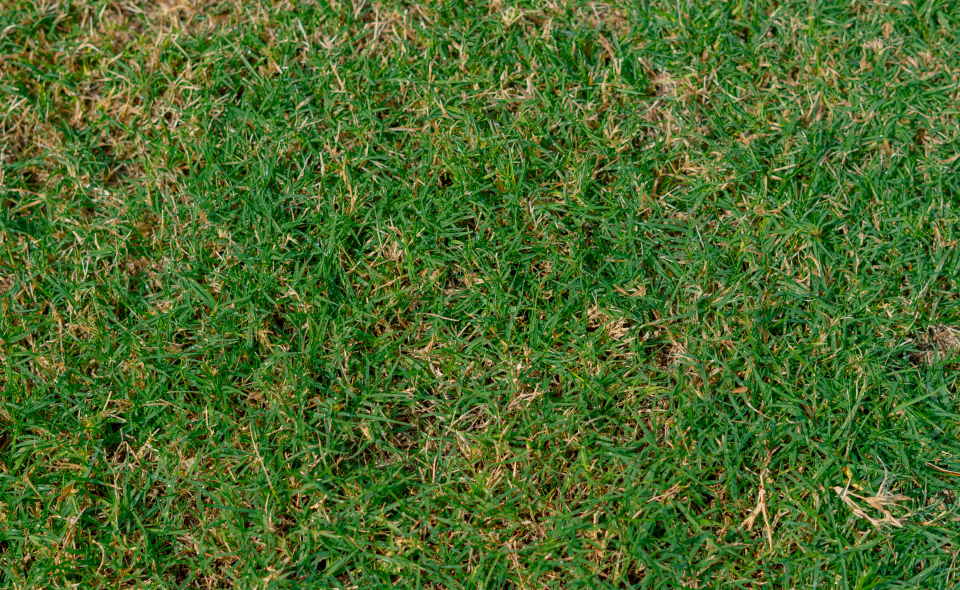
Sunlight
Again, as mentioned above, sunlight is one of the most critical conditions Bermuda requires. To achieve a healthy Bermuda lawn, you should be aware that it is hard to achieve it without sunlight. It is recommended that the lawn should be exposed to sunlight for at least 7 hours. Even if it’s a small area, like behind a tree or a house, it does not matter. The grass in those parts can still thin out.
You may encounter some varieties of Bermuda which is “shade tolerant.” But it is not the case. They are the only varieties that require less sunlight, about 4-5 hours. But they still need sunlight. When the topic is Bermuda grass, how long it stays in sunlight does not matter as no amount of sunlight is too much for it.
How to Water Bermuda Grass?
When the grass is out of dormancy, which means they are green and growing actively, it is enough for Bermuda to be watered with 1 inch of water per week. But in the hot weather, the grass may require up to 2 inches of water per week. But if the weather is extremely drought, Bermuda may go dormant. You can consider dormancy to be a form of hibernation. The grass does this to survive.
It is its survival mechanism. During this time, people frequently believe that their grass has died. If there is enough rain or water, Bermuda will green up and resume growth, as long as it is during the warmer months. Also, it is also critical to keep the soil well-drained. Bermuda grass suffers from standing water. To alleviate standing water, you should address drainage issues. So, let us sum up how to water your lawn and give you some tips:
- Water bermudagrass only if there is an unexpectedly hot, dry period or if the grass is curling and wilting in the spring (March-May) and fall (September – November).
- Give your lawn at least 1.25 inches of water per week during the summer. Unless rain is forecast, it is recommended to water your lawn for 2-4 hours every third day.
- Water the grass in the morning to avoid burning it.
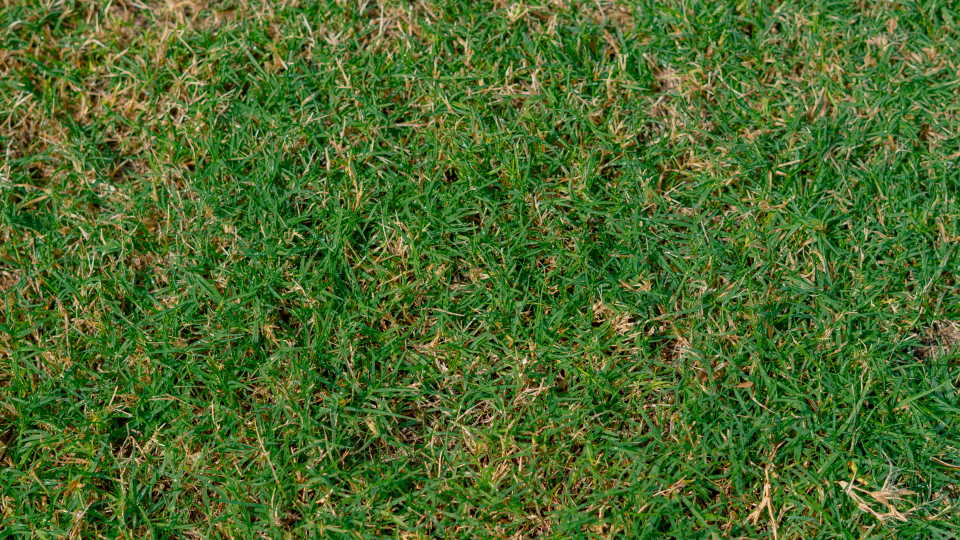
The “Tuna Can Trick”
The tuna can trick is worth a mention. If you don’t know how long it will take for your lawn to be wholly watered, this trick might help you a lot. First, you should remember that watering deeply but infrequently is better than watering shallowly but frequently. The tuna can trick can help you determine an inch of water. To use this trick, you should place an empty tuna can in an irrigation or sprinkler zone.
Then, you have to turn on the water and note how long it takes for the can to fill up. After it is full, you will know how long it takes to get an inch of water and how long you should run the irrigation. But also, don’t forget that the time of the day you decide to water or irrigate your lawn is also important. It is better to water your lawn in the early morning rather than water it in the evening. If you do the watering in the evening, you will increase the chance of fungal diseases.
How to Mow Bermuda Grass?
The recommended height for maintaining your Bermuda lawn is 0.75” and 1.5”. It is better for you to cut the grass frequently because no more than 1/3 of the grass blade should be removed in one cutting. You should always keep your blades sharp. If the blades are dull, then rather than cutting the grass, you will only tear it.
If you tear it, you will make the tips appear brown and make an entryway for the pathogens. In spring, you should set your mower to its lowest level, so you can “scalp” the lawn. Scalping is done to make it easier for the proper height to be maintained throughout the growing season. This way, your lawn can green up faster. If the lawn has not been neglected and Bermuda is not tall, then it is better for you to avoid bagging clippings.
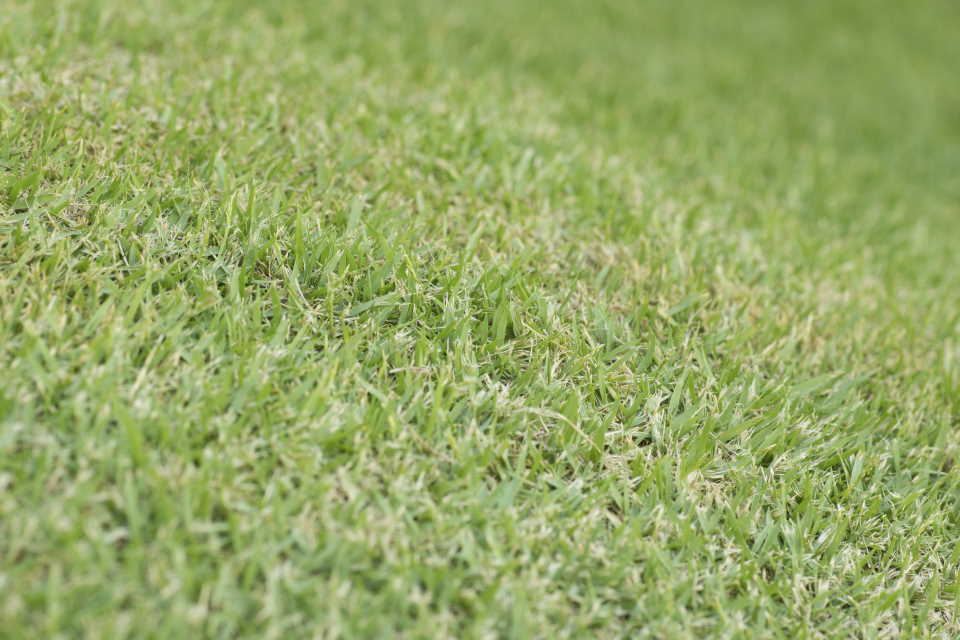
How to Control Weeds?
In the Southeast United States, there are mainly two seasons of weeds: summer and winter. Summer weeds such as crabgrass and dandelions are more frequently known by people, but it should be understood that winter grasses such as Annual bluegrass and Henbit can give you trouble as much as the others. Especially Crabgrass and Annual bluegrass (Poa annua) can give you more trouble because they have a chance to displace Bermuda and steal the nutrients from your lawn. If they have already been established, it can be difficult for you to eradicate these weeds.
The easiest way for you to control these weeds is to prevent them from growing from the start. For this, you should apply one or two pre-emergent herbicides in the spring and again or two in the fall. If you do this, you will help Bermuda grass fight off the weeds which invade your lawn. Pre-emergents control the weeds and keep them from growing above the soil. But in case you missed the pre-emergent application and the weeds have developed into your lawn, do not worry.
You can also use a post-emergent herbicide made for the weed that invaded your lawn. The post-emergent will help control the weed. But you should be careful to use a post-emergent herbicide labeled for use in Bermuda. If not, there is a possibility that you can damage the healthy turf while you try to treat them.
Newly Sodded Lawn
If you just sodded your lawn, you should use a particular pre-emergent to prevent weed seed from sending up new shoots. This type of pre-emergent might not prevent as many types of weeds, but still, it is excellent to use for preventing grassy weeds. And also, they won’t harm the new sod. But when using the product, always read the instructions and follow them.
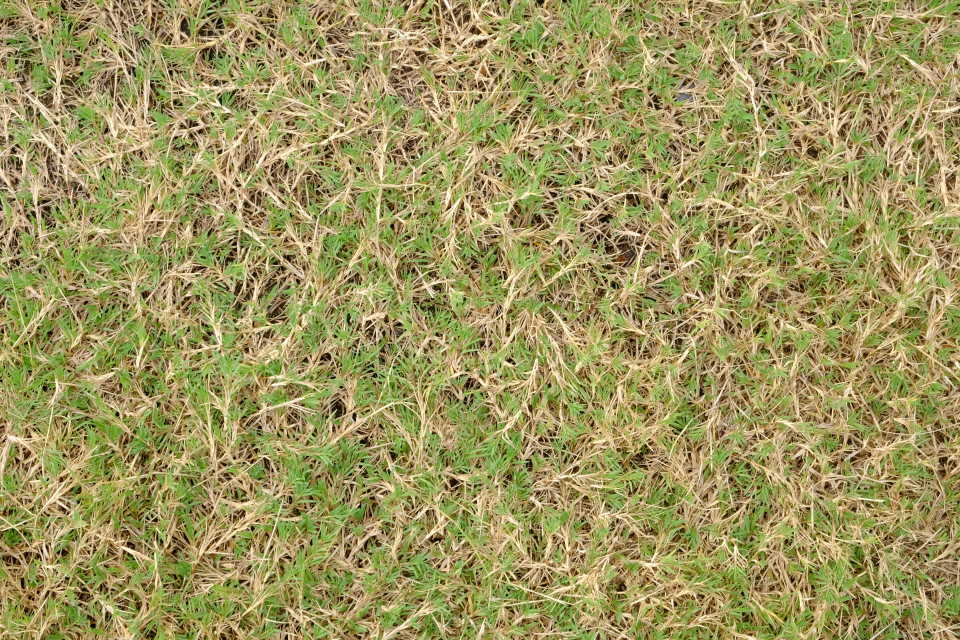
How to Fertilize Bermuda Grass?
If you decide on growing Bermuda grass, you should know that they are a high user of nitrogen. But you should be careful. Using fertilizers that contain high percentages of nitrogen can cause “burning” or “streaking” in your lawn if you do not apply them correctly. There are usually two types of fertilizers you can use.
Organic fertilizers and inorganic fertilizers. Organic fertilizers have nutrients such as Nitrogen, Phosphorus, and Potassium. You should apply these fertilizers periodically; this process can differ according to soil condition, seed types, and season.
The inorganic fertilizers for Bermuda generally include sulfur and lime. Sulfur and lime are typically used while preparing the soil before the seeding of Bermuda. They aim to create the right balance and maintain a soil Ph level between six and seven, which is the ideal level for Bermuda to grow healthy.
Core Aeration
Core aeration is removing the “plugs” from your lawn. With this process, you loosen the soil, provide better oxygenation, drive root depth, and help drought tolerance. Also, this process allows granular fertilizers to incorporate better into the soil and helps with drainage, and most importantly, it helps prevent Dollar Spot disease.
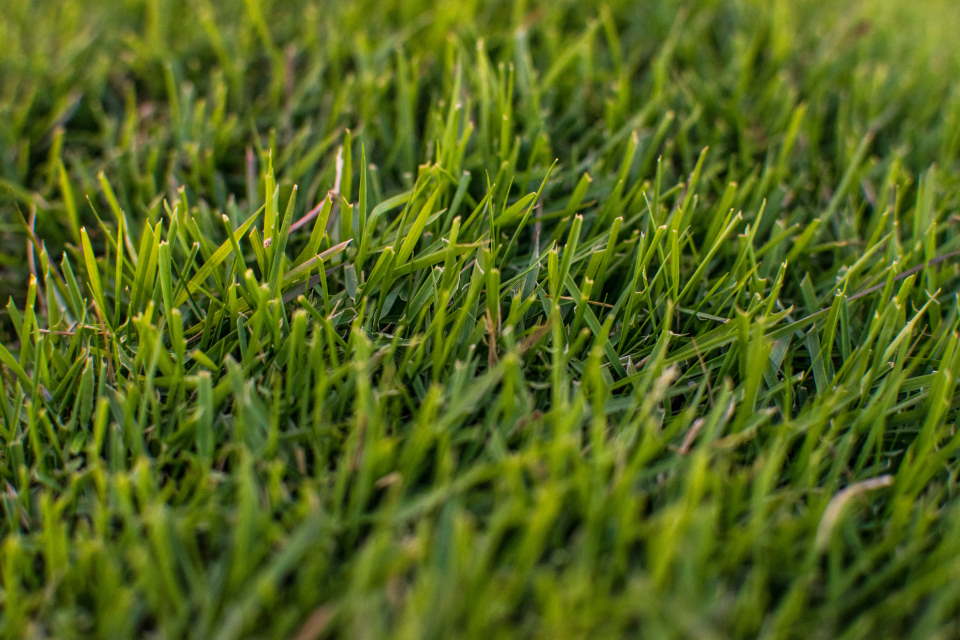
But you also should know that because Bermuda spreads by stolons, these stolons are mostly cut during the core aeration process. When you cut them, they multiply and help your lawn to grow thicker and faster.
Diseases, Insects, and Fungi
In comparison to other turfgrasses, Bermuda gives you somewhat less trouble. But it can still have its own problems like dollar spot or fall armyworms.
The thing that causes dollar spot is fungi. The first symptoms of dollar spots are white or beige circular spots that are 1 to 2 inches diametrically. In the end, as the disease proceeds, these spots will grow and form large patches several feet across. Dollar spot disease is primarily seen in Bermuda lawns with low nitrogen levels. But you do not need to worry. If you maintain the nitrogen levels to be at their proper level, irrigate in the morning, mow at the right height, and control thatch, the problem will generally be solved.
Fall armyworms are small brownish-gray moths’ larvae. They are mostly known for plaguing agricultural crops, but they prefer turfgrasses, including Bermuda. They consume the leaf blade and cause havoc on your lawn by causing this damage. Fall armyworms are most active at night and march across your lawn in the thousands. They eat your lawn away. The way to defeat the fall armyworms to stop them from destroying your garden is to spot them early.
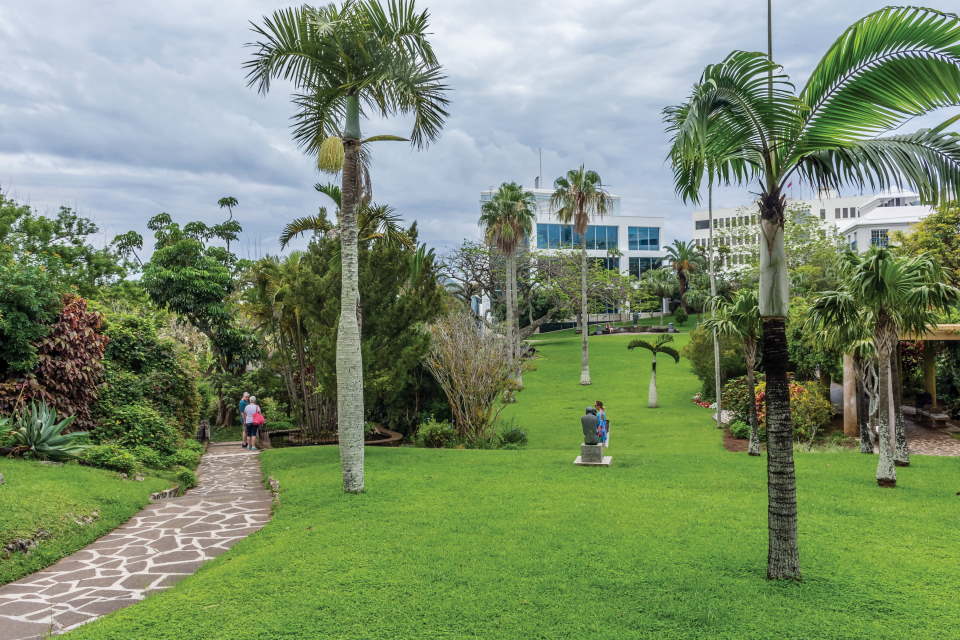
Conclusion
In this entry, we tried to give you as much information about Bermuda as possible. From the origin of it to how to grow it, how to care for it, and how to look after it for your lawn to be at its healthiest. All this information can overwhelm you at first. But don’t worry. Moving one at a time, with baby steps, will help you in your journey with gardening. Don’t hurry while you are looking after your garden and your plants.
As long as you keep providing them with their needs, they will also provide you with a healthy- and good-looking lawn. Do not forget to water, mow and fertilize your garden. We hope this entry helped you understand the care of Bermuda grass, and we hope that now you are confident that as long as you do the proper research, nothing can stop you from reaching a beautiful and healthy lawn.
You may also be interested in:
Bloody Cranesbill (Geranium Sanguineum): How to Grow & Care

